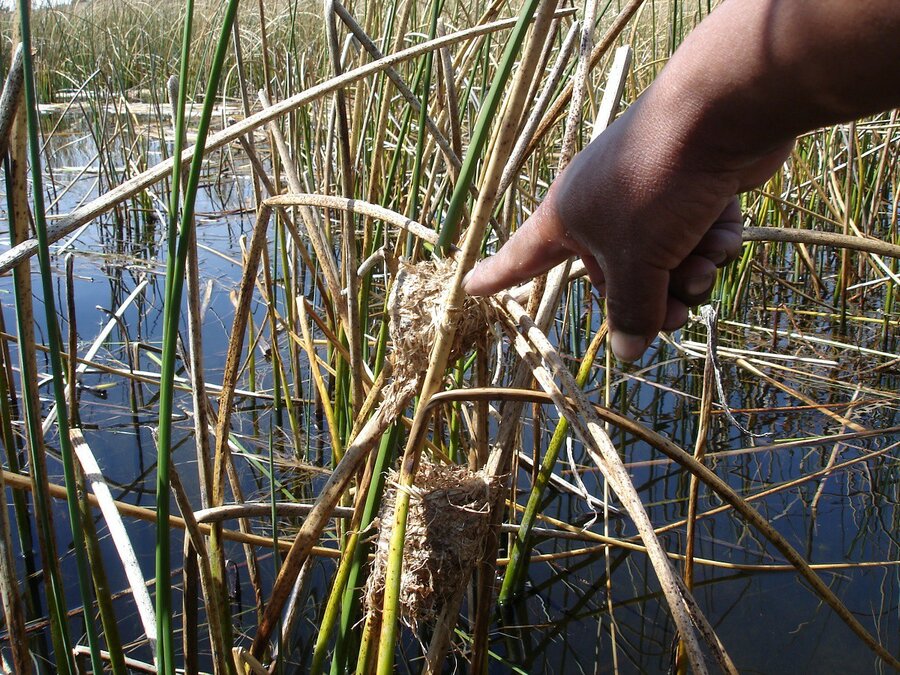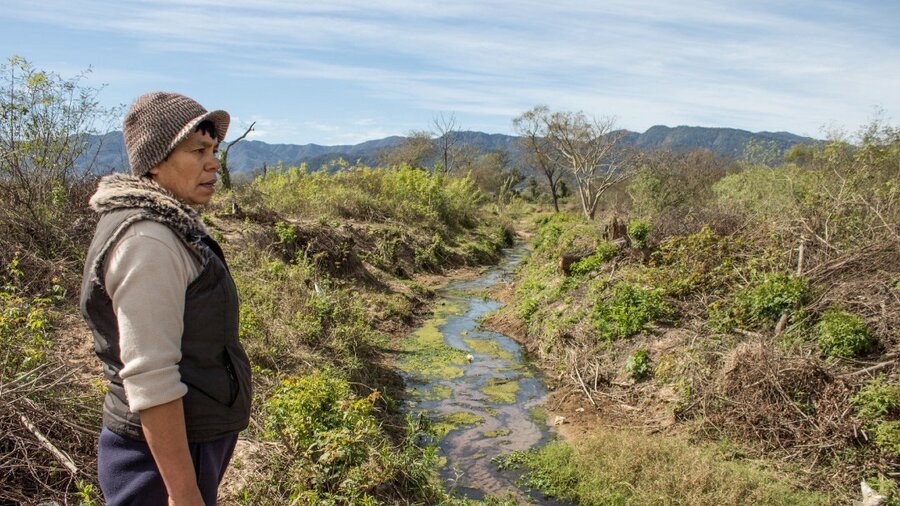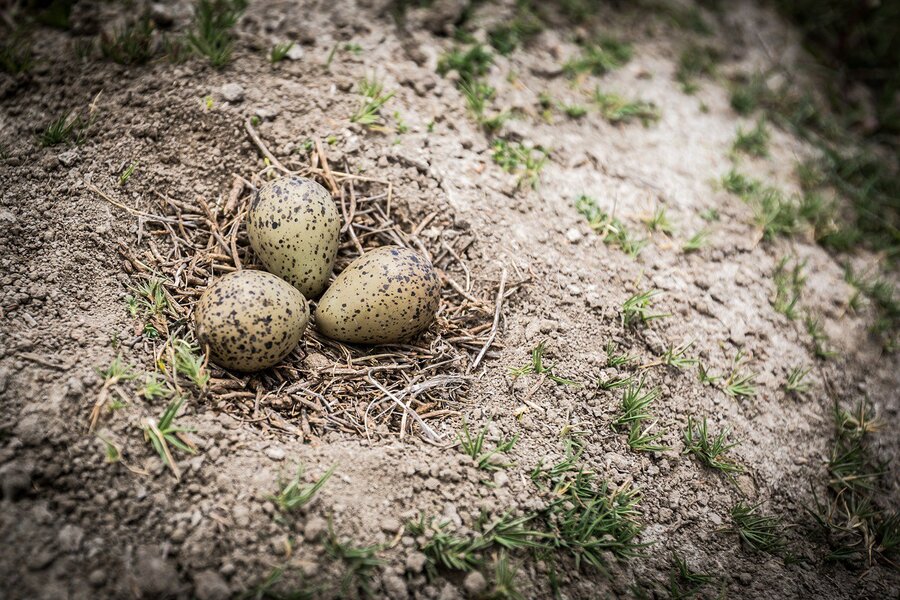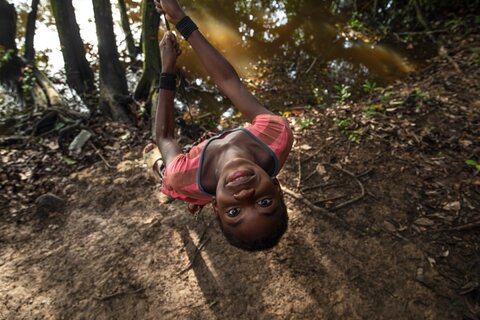Ants, bird eggs and fox calls: Ancestral knowledge helps communities predict the weather and prepare for disasters
Additional reporting by Morelia Eróstegui Navia
If the birds living on the shores of Lake Titicaca place their nests high up from the water, it means the level of the lake will rise and flooding is likely. The right time to sow crops is when the totora flowers are in bloom. And the calls of the Andean fox determines whether it will be best to sow in the lowlands or on higher ground. People in the Bolivian Andes have known this for centuries, and for centuries they have relied on natural signs — or bioindicators — to predict the weather and decide what, when and where to plant.

Then came modern forecasting methods. And satellites. Youth left in growing numbers for towns and cities in search of opportunities, losing touch with — and faith in — the wisdom of their forebears. The ability to read natural signs, ranging from plant and animal behaviour to star alignment, wind and humidity, seemed destined to die with the last of its keepers: a thing of the past, little more than superstition, superseded by newer and — so everyone was told — more reliable ways to predict the weather.
Except, this wasn't necessarily the case. As part of efforts led by the Bolivian Government to preserve and value Indigenous heritage, knowledge on bioindicators is being rediscovered and systematized. Non-governmental organization PROSUCO has been doing this for more than 10 years now, and the results have been surprising to many — including younger community members.
"At first, I didn't believe this. But then I started following the indicators my grandfather had taught me, and now I do," says Lidia Mondaque, a local councillor in Villa Abecia, a town nestled at 2,311 meters above sea level in the department of Chuquisaca, in the south of the country.
"You must look — look at the ants. When they are building their nests, you know it's going to rain because they are preparing their homes."
Forecasts based on bioindicators have proved to be an excellent complement to those generated by observatories. They give more detailed information and, crucially, they are the only ones that can give precise indications on when and where to sow different kinds of crops.
"You must look — look at the ants. When they are building their nests, you know it's going to rain because they are preparing their homes."
This information is precious in Bolivia, one of the countries in Latin America that have been most affected by climate change, where it is not uncommon for communities to be hit by two different natural disasters in the course of one year.

"The effects of climate change have hit rural families hard," says Elisabeth Faure, country representative from the World Food Programme (WFP) in Bolivia. "They need accurate tools to make informed farming decisions that will help them face climate-related challenges."
WFP is supporting the Government of Bolivia in its efforts to mitigate climate-related threats. Incorporating predictions based on bioindicators into the country's Early Warning System — which sends out alerts all year round about impending weather events — was one area of collaboration.

"Together with the Government, we developed an app which allows people to use their mobile phones or tablets to record indicators and share them in real time," says Boris Arias, manager of the project for WFP.
Aside from the practical benefits, this process also has far-reaching socio-cultural implications. Younger generations are helping use modern technology to preserve and systematize the knowledge that's been handed down through the generations. In doing so, they are also learning to read and trust the signs, ensuring this heritage is no longer destined for extinction.
"Ancestral Indigenous knowledge has now become a public resource available to all and a source for the Government's official Early Warning System, on an equal footing with modern forecasting methods," says Oscar Cabrera, from the Vice Ministry of Civil Defence in Bolivia. "This is a first."
The creation of a system which allows local observers to collect natural indicators and feed the information into the National Early Warning System was part of a project implemented since July 2018 by WFP and the Vice Ministry of Civil Defence, thanks to the support of the General Directorate of Humanitarian Aid and Civil Protection of the European Commission (ECHO).
Read more about WFP's work in Bolivia
The opinions expressed in this article do not reflect the official position of the European Union. The Directorate General for Humanitarian Aid and the Civil Protection of the European Commission (ECHO) is not responsible for the use that can be made of the information it contains.

